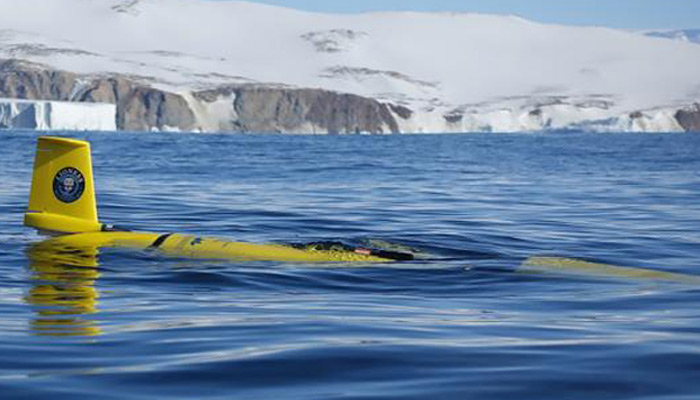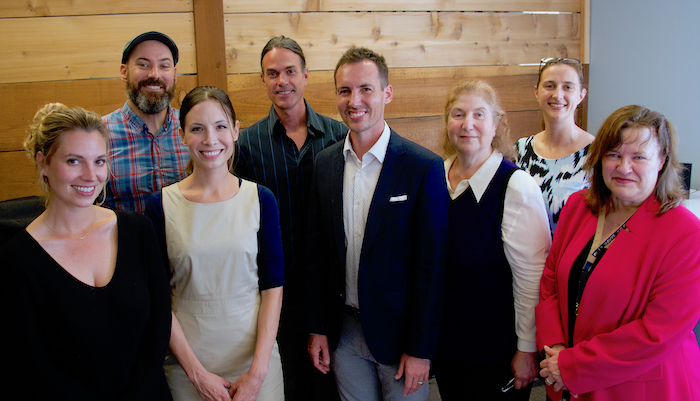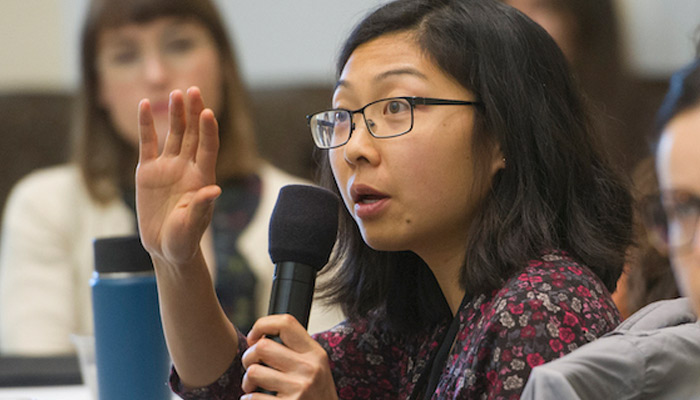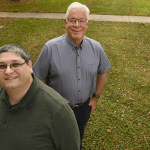Calculating the Costs of Ecological Disruption from Climate Change
By Lisa Howard
What are the costs if climate change increases the risk of extinction of plants and animals? What value can be placed on reducing the risk of extinction of the white rhinoceros or American pika? And do people consider these things valuable even if they will never see a white rhinoceros or a pika in person?
That value — the “existence value”— is one of the ecological costs being calculated by researchers at UC Davis and Fordham University in order to improve the models currently used to calculate climate change damages, what’s known as the social cost of carbon.
“Valuing the cost of greenhouse gas emissions is incredibly difficult, but it is important because agencies in the United States are required to do a cost-benefit analysis of major regulations,” said Frances C. Moore, an assistant professor in the Department of Environmental Science and Policy at UC Davis, and the principal investigator for the project.
Although the social cost of carbon is critical for understanding the benefits of climate policy, the science underpinning current estimates is less than solid. “Much of the documented scientific basis for the model damage functions is 20 years old or more,” said Moore. “This means the current estimates of the social cost of carbon do not capture all that we now know about climate change impacts.”
To address these shortcomings, Moore has received a $750,000 grant from the National Science Foundation’s Coupled Natural Human Systems Program. “This project is trying to combine the ecological understanding of climate change — what the ecological effects are going to be in terms of changes in terrestrial vegetation and extinction risks of species — with valuation techniques from environmental economics,” said Moore.
Moore’s research focuses on the economic and social impacts of climate change. Earlier this year, she was lead author on a study utilizing Twitter data that revealed people quickly normalize extreme weather related to climate change.
The stakes for better assessing the impact of species and ecosystem loss are high. According to a 2019 United Nations report, the world is on track for an increase, not a decrease, in greenhouse gas emissions: about 10.7 percent above 2016 levels by 2030.
A separate 2019 United Nations report found that around 1 million animal and plant species are now threatened with extinction, many within decades. The same report found that three-fourths of the land-based environment and about two-thirds of the marine environment have been significantly altered by human actions. Noted conservation scientist David Wilcove estimates that in the United States alone there are 14,000 to 35,000 endangered species, or about 7 to 18 percent of U.S. flora and fauna.
Marc Conte, an associate professor in the Department of Economics at Fordham University, and Xiaoli Dong, an assistant Professor in the UC Davis Department of Environmental Science and Policy, are co-investigators on the NSF grant.
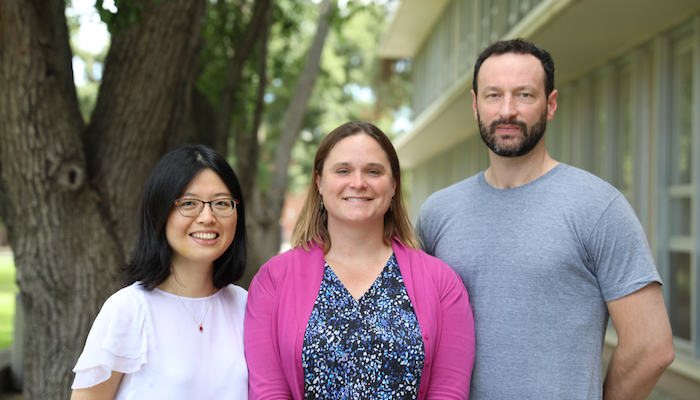
Xiaoli Dong and Frances C. Moore, who are both assistant professors in the Department of Environmental Science and Policy at UC Davis, with Marc N. Conte, an associate professor in the Department of Economics at Fordham University, outside Wickson Hall at UC Davis. (UC Davis Photo)
For Conte, the new project is a continuation of his work as a postdoctoral researcher at Stanford University relating to the economics of land-use decisions and the valuation of natural capital.
“The concept of natural capital emphasizes the tradeoffs between development, market wealth and production, and the non-market ecosystem services that are lost when economic actions adversely affect nature, such as the conversion of land to intensive management for agricultural production,” said Conte.
Conte explained that without market prices to make these tradeoffs salient, policymakers and researchers frequently exclude these non-market environmental values from calculations of the net benefits of greenhouse gas emissions. “This project aims to derive credible estimates of the value of these impacts on natural capital, ecosystem services and biodiversity to better understand the costs of greenhouse gas emissions and the required extent of emissions reduction,” said Conte.
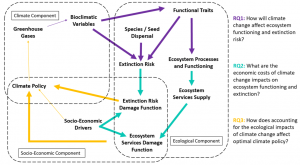
The three key questions being investigated by researchers at UC Davis and Fordham University. (Frances C. Moore)
Dong, an ecosystem ecologist at UC Davis, uses mathematical models to understand how ecosystems work. For this project, she will be working with a postdoctoral researcher to analyze large amounts of data related to global climate change, ecosystem functioning and species extinction risk.
“This will help us have a better understanding of how climate change will influence biodiversity and ecosystem processes — especially the ones that directly provide ecosystem services that humans rely on,” said Dong.
The team hopes their work will yield a significantly better tool to predict the real costs of climate change by including things that add value to the health of the planet but may not have an easy-to-calculate price tag.
Moore acknowledges there is a limited amount that can be quantified, and that their estimation of damages will likely be on the lower side of the true costs.
“When agencies do complex analysis they say ‘we think these are benefits but we are unable to monetize them.’ But there are things ecologists know about how climate change will affect species and ecosystems, and we are able to value some of those changes. To the extent we can, we should be incorporating these estimates into policy decisions,” said Moore.
Contact(s)
- Lisa Howard, Office of Research, 530-752-8117, [email protected]
- Frances C. Moore, Department of Environmental Science and Policy, 617-233-3380, [email protected]
Resources
- Department of Environmental Science & Policy
- Frances Moore Lab
- Xiaoli DongLab
- Marc Conte Lab
- NSF Grant: Understanding the Coupling Between Climate Policy and Ecosystem Change
Latest News & Events






